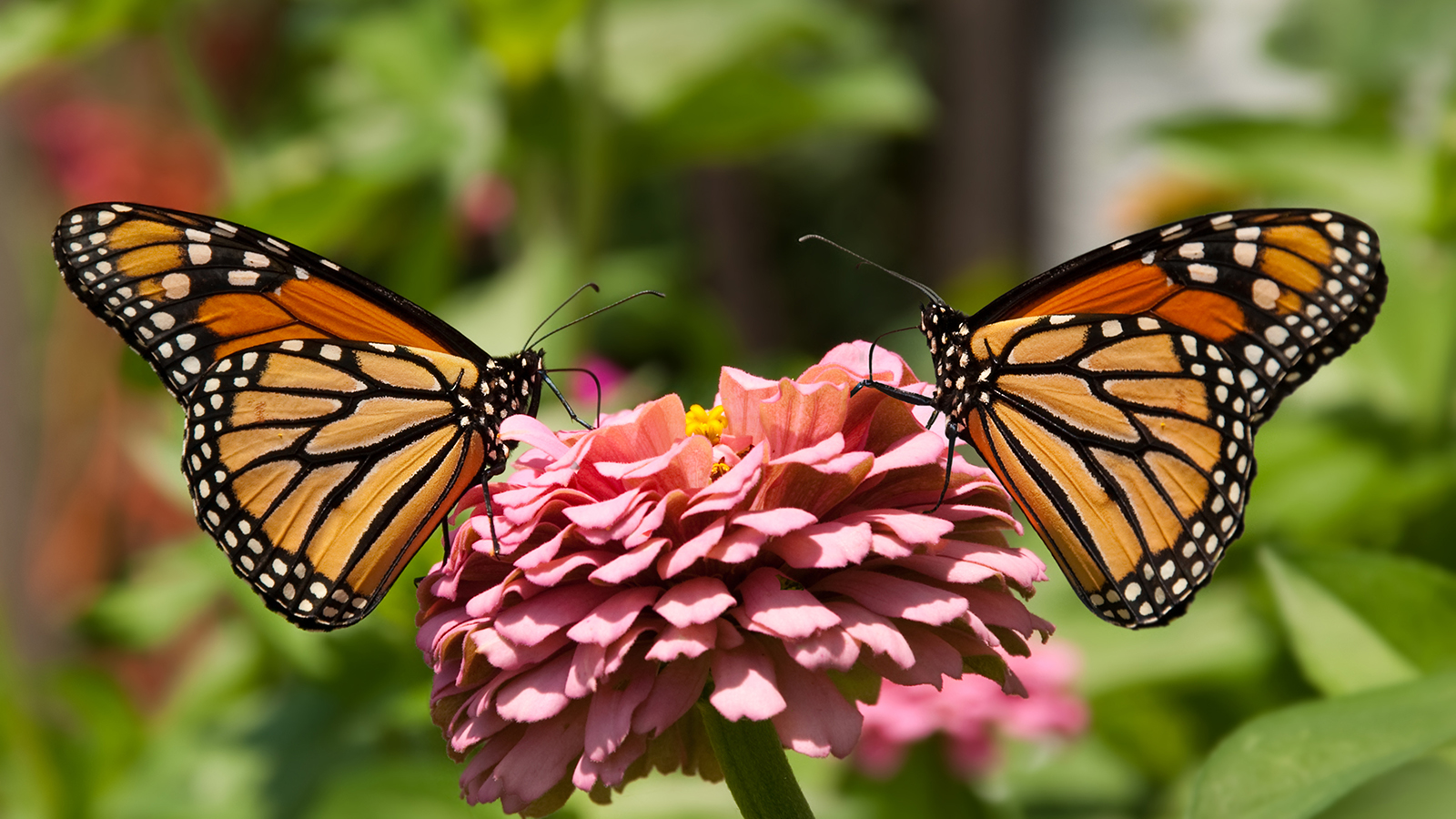The Shocking Vacancy
Picture a grassy meadow along a back country road; numerous varieties of pastel wildflowers bring soft color to the scene; a few bees are buzzing around; maybe a red-winged blackbird is perched on the fence post fluffing his feathers to attract his mate; a few passive cows stand in the shade of a nearby tree, chewing grass and flicking their tails.
But not too many years ago, another fellow would have likely been on the scene as well; the distinctly recognizable Monarch butterfly (Danaus plexippus). Although they are still around, the Monarch has seen a drastic and frightening decrease in population; over the last 20 years, the drop in numbers has reached nearly 90%; and 27% of the decrease has occurred in the last year alone!
The question arises, why are they disappearing? There are a few contributing factors that must be acknowledged; some aspects are beyond our control, but other causes are in direct connection with the way we are treating our environment and damaging the natural habitat of the wildlife. For instance, recent storms in Mexico have destroyed large portions of the Monarchs' wintering grounds; this circumstance is beyond our control, but the natural course of time will heal the storm damage as vegetation grows and becomes reestablished. What will not heal itself is the continual loss of natural habitat due to human negligence and destruction.
So what can we do to begin the process of nurturing the Monarch population once more? How can we create an environment that will help them flourish?
- We must raise awareness of the destructive nature of the Mexican logging industry that is swallowing up acre after acre of the Monarch's winter home. If they have nowhere to go during the cold months, they will continue to die in large numbers every year.
- We can nurture the mindset of our society to love creation, and encourage good environmental practices through science education; that can start with you!
- We can do our part in restoring Monarch-friendly habitats by planting areas of wildflowers and milkweed; even a small space is better than nothing.
The Milkweed Method
One of the most important species of vegetation in the life of a Monarch is the plant family Asclepias. Also known as milkweed, this family has over 70 variants in the United States, and at least 27 of which are used as a hatching base for Monarchs as they lay their eggs. As the larvae hatch and begin to munch away on the milkweed, natural toxins from the plant called cardenolides are absorbed into the young caterpillars. These cardenolides establish a bitter taste in their bodies that is retained for the rest of their lives, and helps protect them from being eaten by predators; birds and other predators learn to associate the distinct orange pattern of the butterflies with a bitter taste.
Intentional planting of milkweed helps to create an environment where Monarchs can regroup and repopulate. If you have any space in your yard or garden and would like to help save this beautiful insect, try planting some milkweed! There are many varieties to choose from, and there are a few other uses for this plant as well, ranging from medicinal purposes to fiber-production.
Seed Needs offers several colorful varieties of Milkweed seeds (Asclepias incarnata, Asclepias speciosa, Asclepias tuberosa, Asclepias syriaca and Asclepias curassavica) that will add interest and beauty to any garden or wildflower meadow. They average 24" to 36" in height, and include such colors as white, pink, orange, and red.
